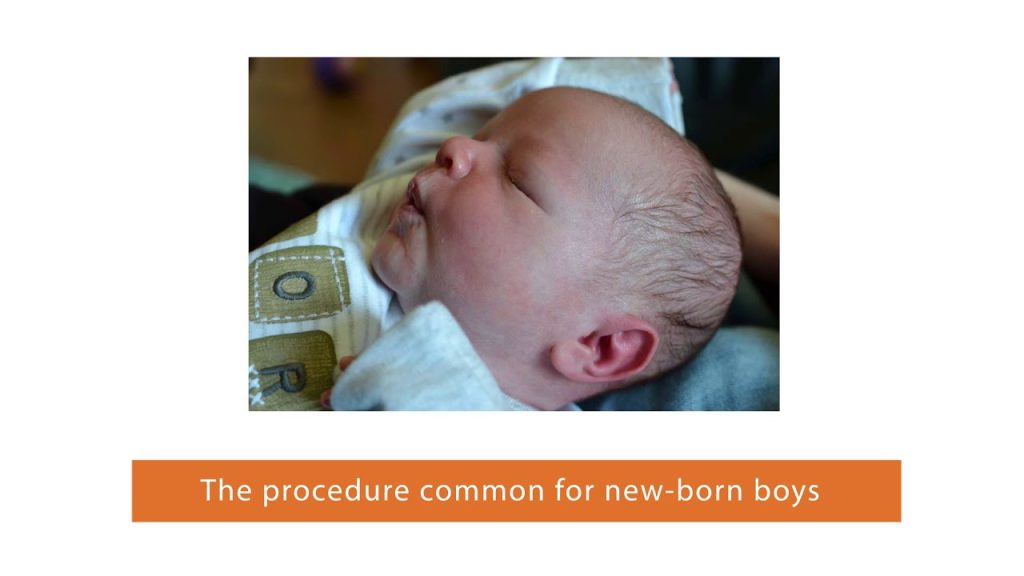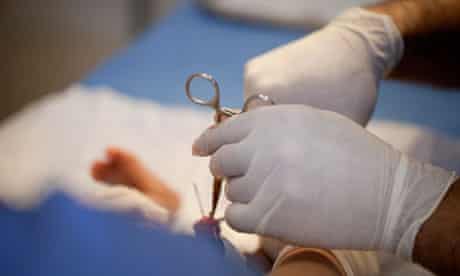Before we get into the risks of Circumcision by laser, let’s look at some of its benefits. First of all, there are no major complications that can arise from this procedure other than the temporary removal of the skin tag that may remain behind after the operation. There is also a small chance that your skin will be allergic to the lasers used. The risks involved in the actual surgery itself are extremely rare. All other things being equal, laser hair removal has a few advantages.

An RFID for Circumcision by Laser is the best option because it allows the surgeon control the laser beam’s depth. By doing so, they can eliminate the risks involved with operating on a patient without a second opinion. The doctor can easily correct any bleeding or irregularities that occur during the procedure with a simple second notice.
If a second opinion is needed, RFID will allow you to go into labor or get to a hospital before the procedure is complete. Now let’s take a look at the risks involved in the actual procedure itself. The skin tag that remains after the laser hair removal procedure may grow back. The color of the skin tag could change. It may even grow bigger. The skin tag may cause an allergic reaction. This is rare. There is also the chance that the skin tag does not heal after the Circumcision by laser hair removal procedure. They usually heal in a few days to a couple of weeks.
The entire skin tag may have to be removed by the doctor. The risk of scarring is very low. However, there may be some scarring around the site where the laser was applied. When you have a skin tag that needs to be removed, you need to find out more information about the laser procedure. The American Laser Therapy Association recommends spending some time learning about the procedure. You can find this information online at their website. Some insurance companies will cover the cost for laser procedures.
You should check with your doctor to see if your insurance policy covers the procedure. The laser doctor will usually arrange for a visit to your office with a supervisor or a surgeon before the actual procedure. The doctor can provide more information before the scheduled appointment. Be sure to follow these Circumcision Sydney precautions before you undergo your laser procedure. You should not get the laser device into your eyes. You should not try to peel off the skin tag with your fingers. You should never stick the device into your vagina.
These things can cause serious complications and may require stitches. The American Laser Therapy Association provides information on care after the procedure. They also provide information about recovery. You should contact your doctor immediately if you experience swelling, pain, bleeding or other unusual symptoms following your skin tag removal. Your doctor will help you through the discomfort and process of healing.
Keep in mind that the procedure will require you to wear loose fitting clothing. This will keep the area dry. Be sure to use an ointment or cream after the procedure to protect against infection. Some doctors will not allow their patients to eat or drink for several hours following the procedure to prevent the possibility of contracting an infection while healing. There are many options for creams and ointments to help with this. You can remove a skin tag with a cream.
These creams contain an active component that breaks down the skin tags. Creams are applied topically to the skin, and left on for several hours. The size of the skin tag and the distance it is from the skin’s surface will determine how long you spend applying the cream. Before you consider laser removal, allow the cream to dissolve the skin tags for at least one to 2 weeks. When considering whether or not you should have laser surgery to remove a skin tag, talk to your doctor. He or she can make the decision for you based on your medical history as well as the health of your skin. You may choose to have the procedure done without lasers. You should feel 100% comfortable no matter what you do.

